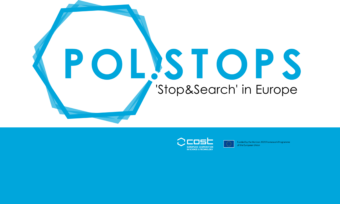Next to exclusionary and discriminatory practices in other live domains, tense police–adolescent relations and the treatment of ethnic minority adolescents by the police are discussed as the foremost trigger for urban riots across Europe. Discretionary identity checks and ‘stop and search’ practices are particularly contentious. Situated in a country that has not experienced urban riots by marginalized and ethnic minority young people yet, our study investigates the impact of police behaviour, in particular stop and search practices, on the quality of interactions between police and young people in Germany. The study is based on extensive participant observation of police patrols, in-depth interviews with police officers and a large-scale standardized youth survey. Qualitative and quantitative evidence unequivocally suggest the absence of discriminatory practices by the police based on the ethnic background of adolescents and an overall positive character of police–adolescent relations. However, transparency – explaining the reasons for police actions – and adhering to formal rules cannot be said to be the primary attributes of the proactive control actions we observed. Rather, informal adaption strategies seemed to prevail. These findings shed new light on the question of how police authority is negotiated on the streets and contribute to the search for causes of violent protests against the police.
Latest News
International conference POLICE STOPS ACROSS EUROPE (28 February 2023, The Hague, The Netherlands)
News
For more than four years, our EU COST funded network on Police Stops has been gathering information, hearing from experts…
Read moreWorkshop 'Registration of police stops and ethnicity and defining the police stop' 31 Aug - 2 Sept 2022
News
In line with our project’s ambition to share learning and explore the issue police stops across Europe, we are organising…
Read moreCfP European Journal of Policing Studies - Special Issue: The Dynamics of Police Stops
News
European Journal of Policing Studies Special Issue: The Dynamics of Police Stops Guest editors: Mike Rowe Sofie de Kimpe Vincenzo…
Read morePolstops Newsletter n4 (June 2022)
News
At last, we have been able to meet again. And we can now begin to identify what we have missed…
Read more




